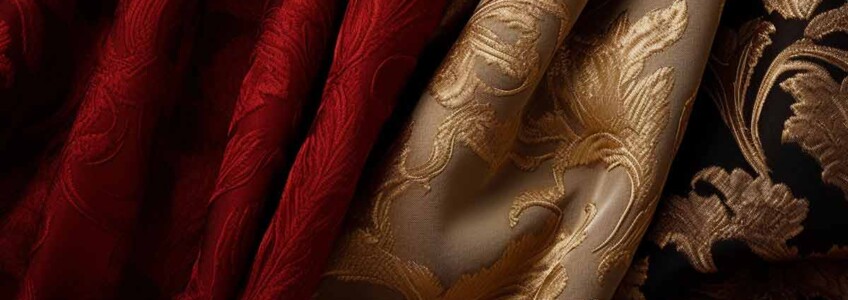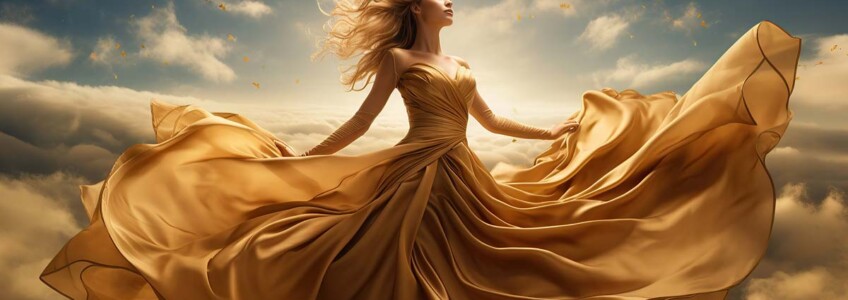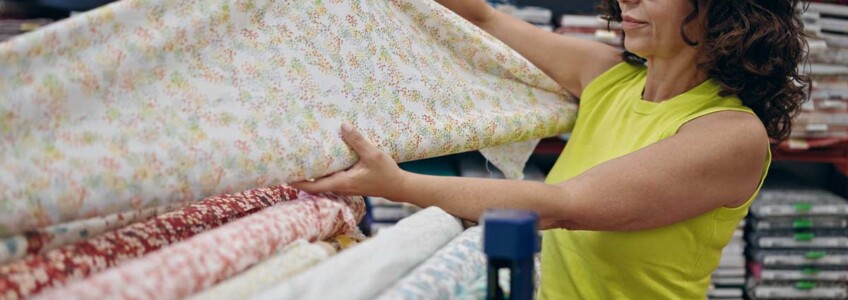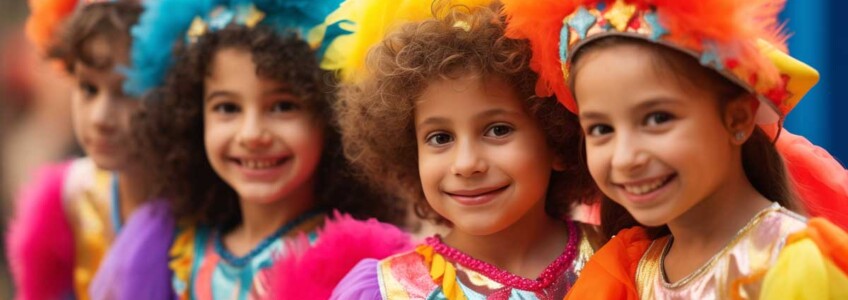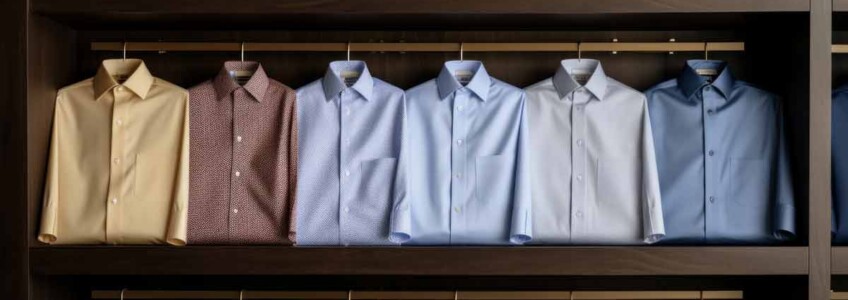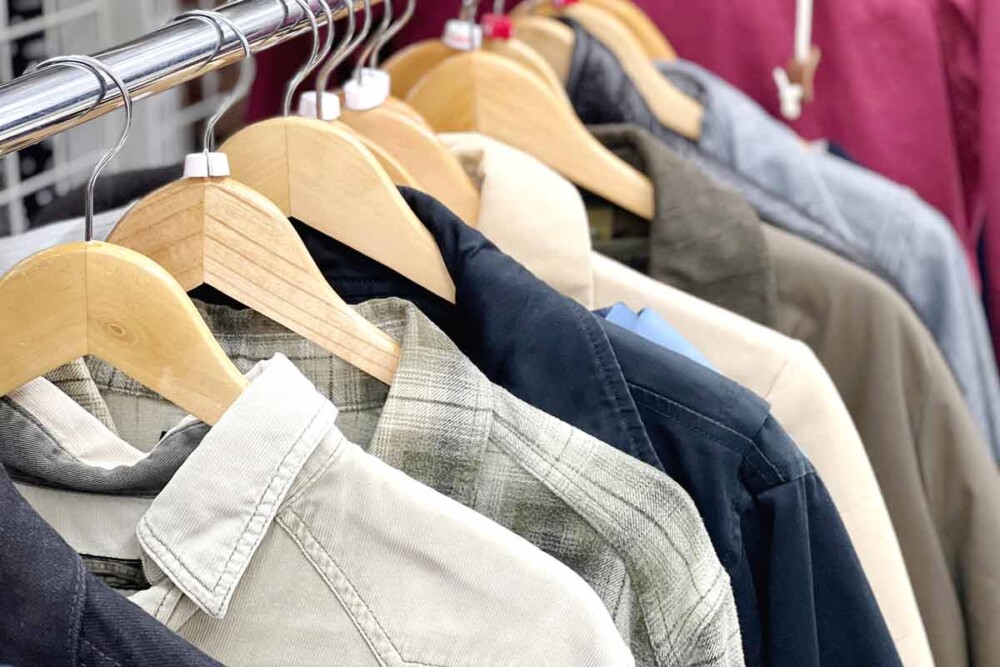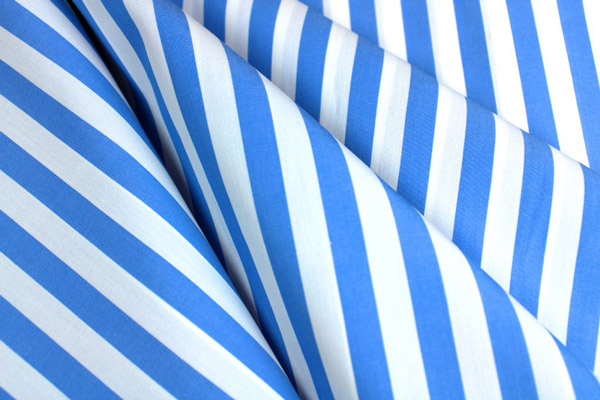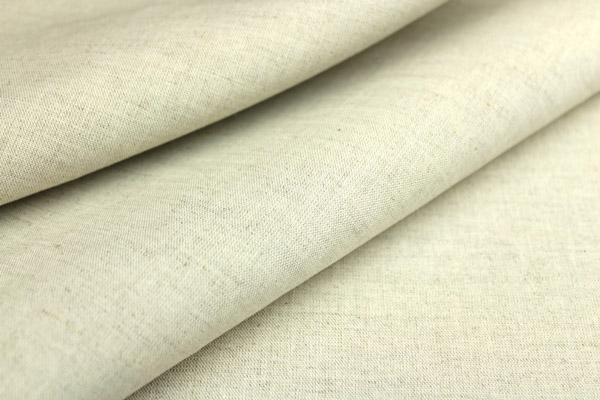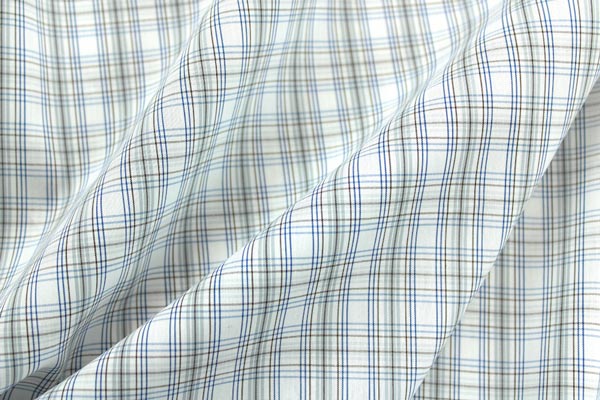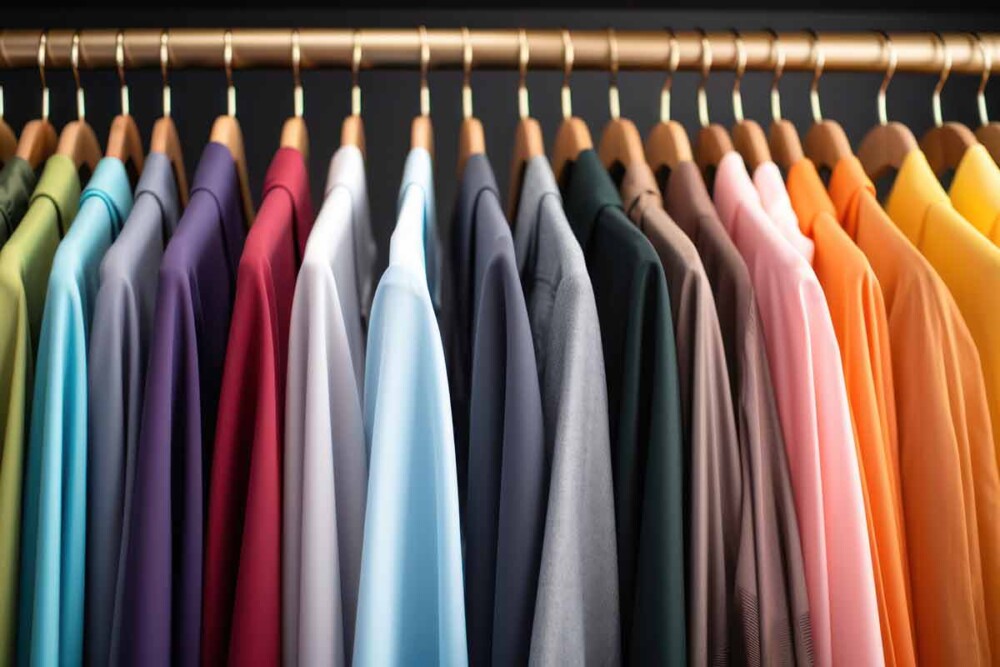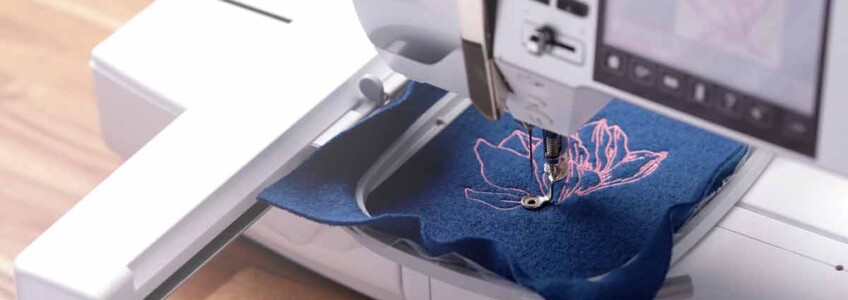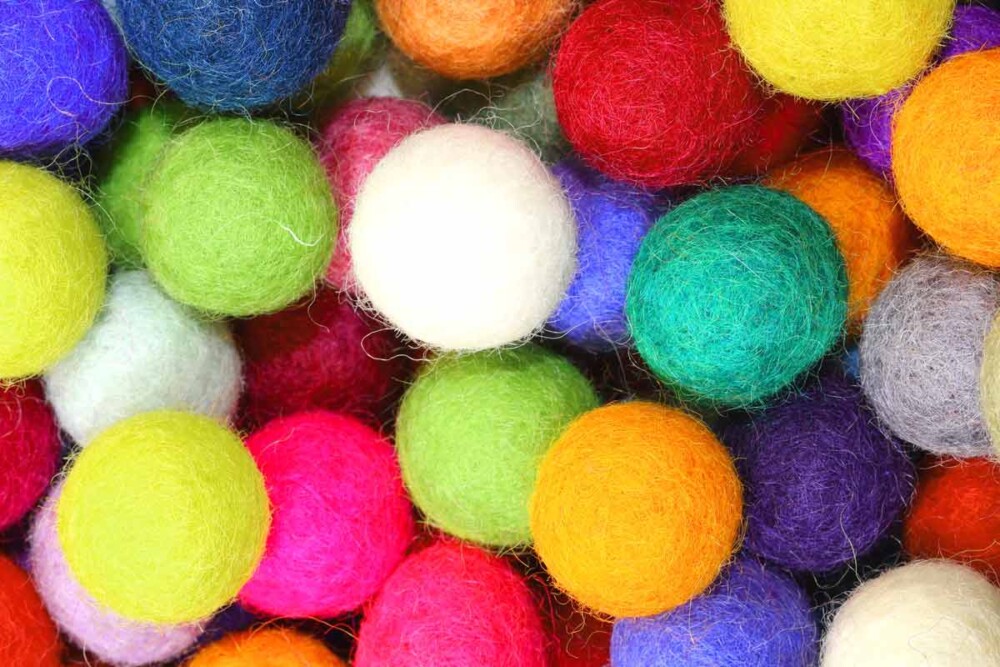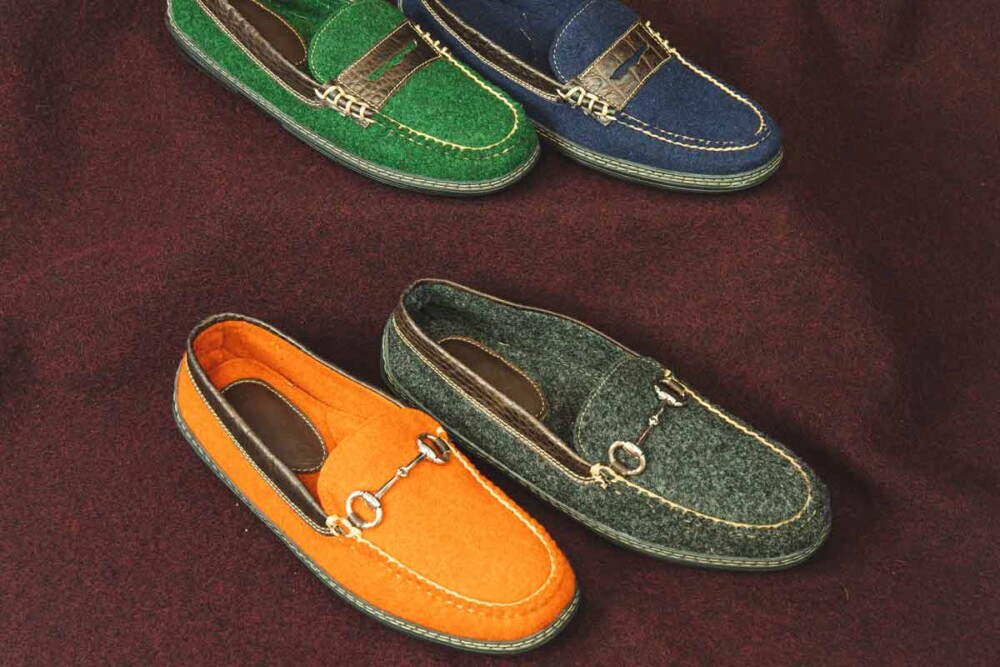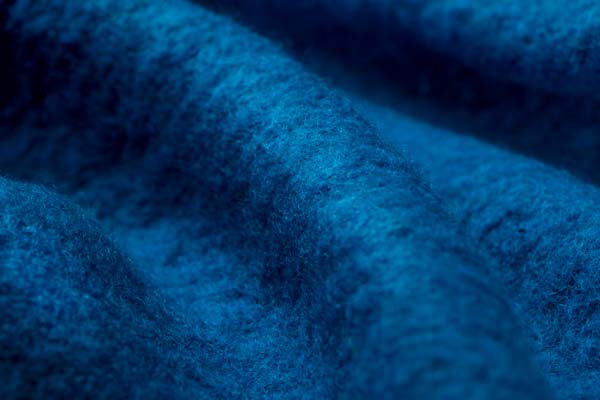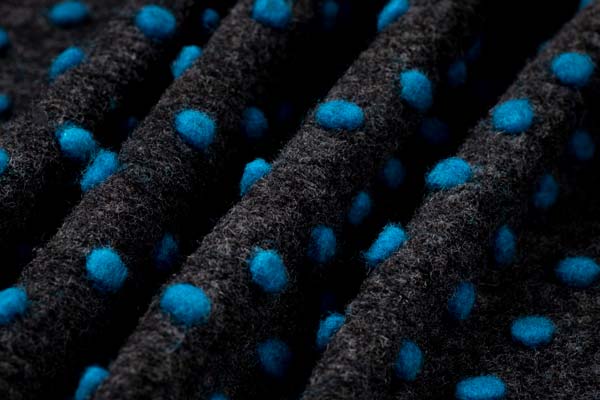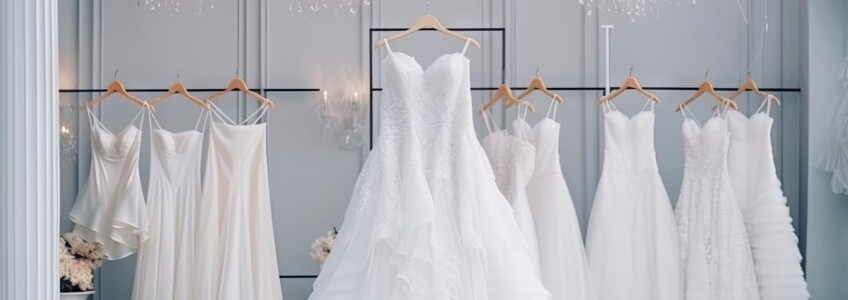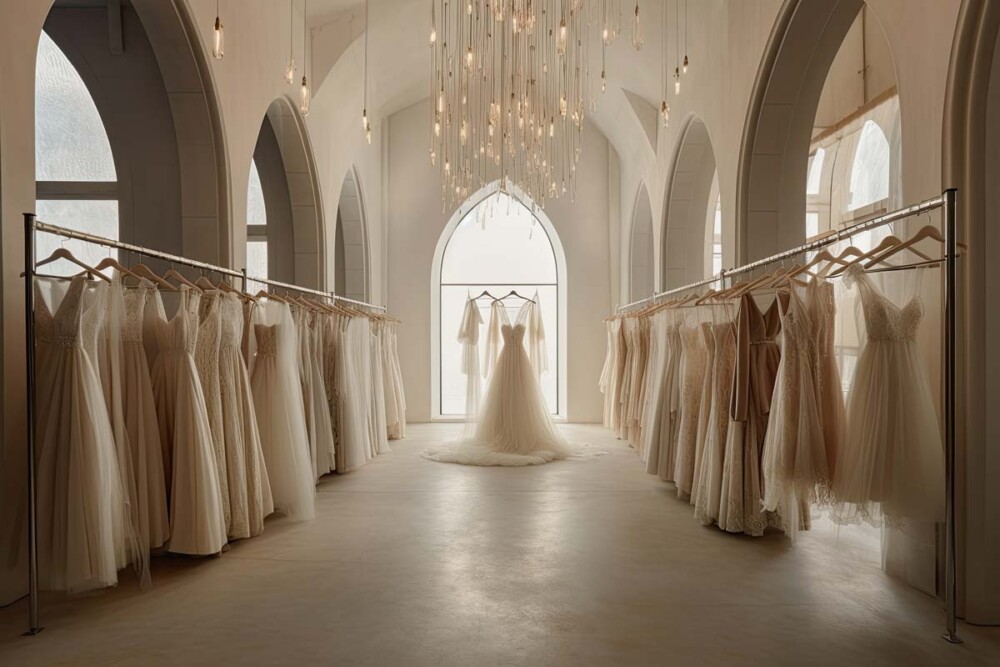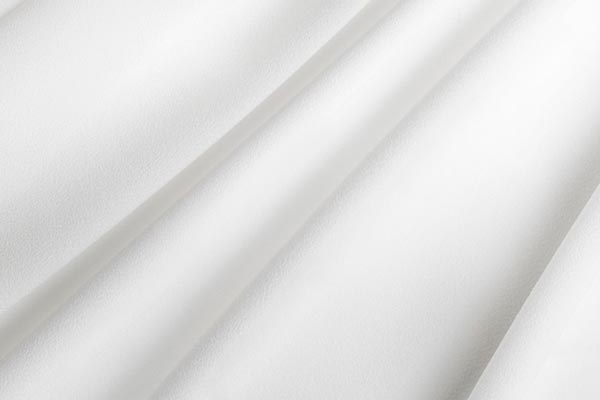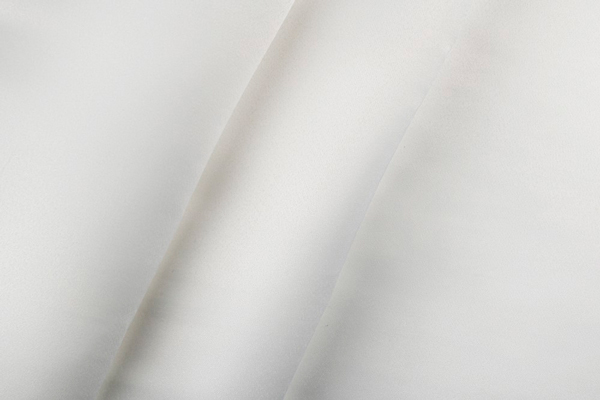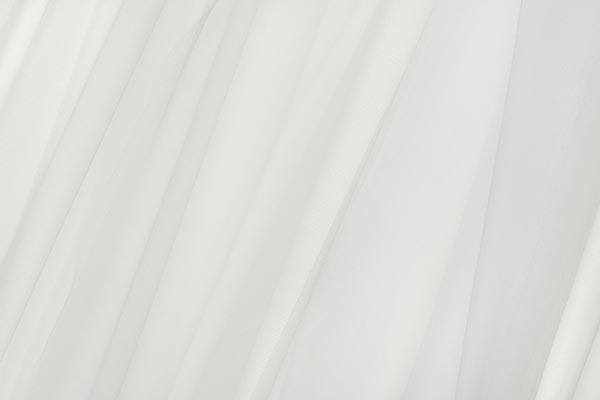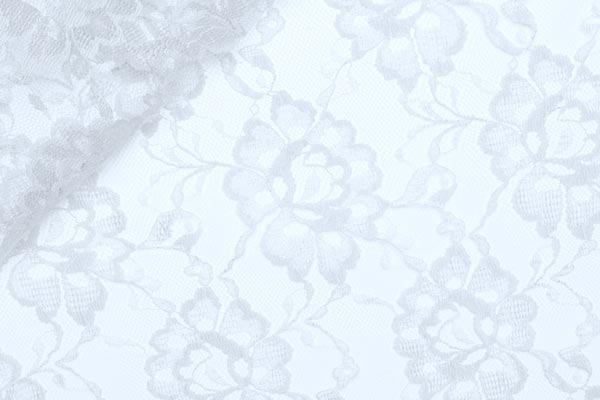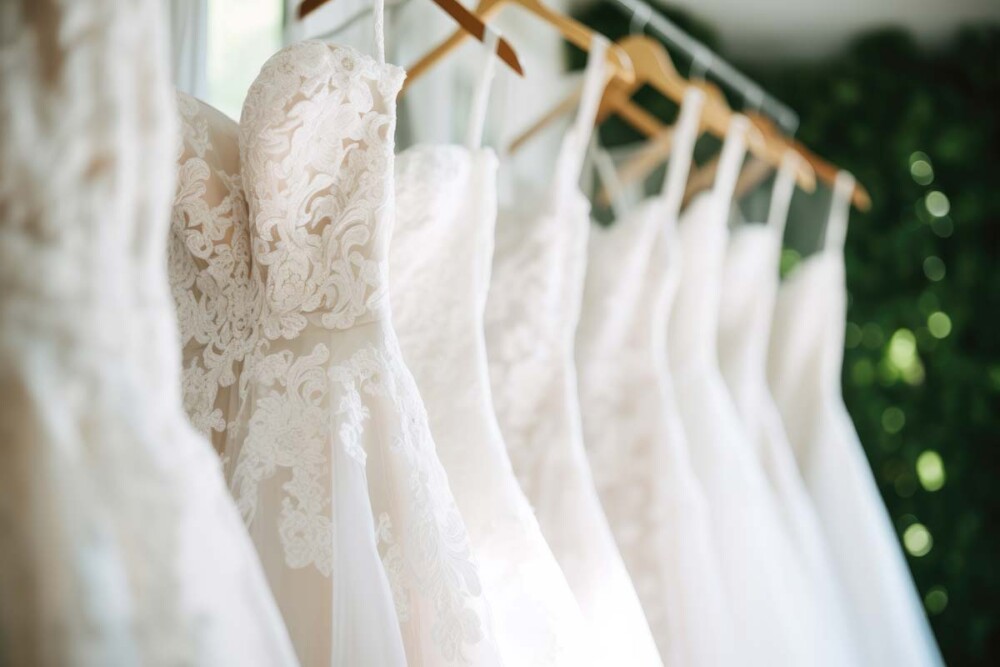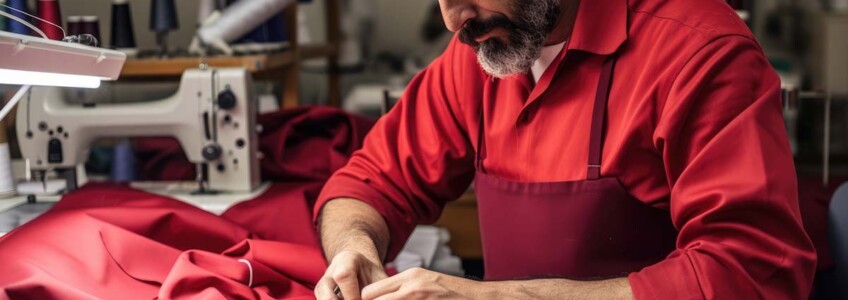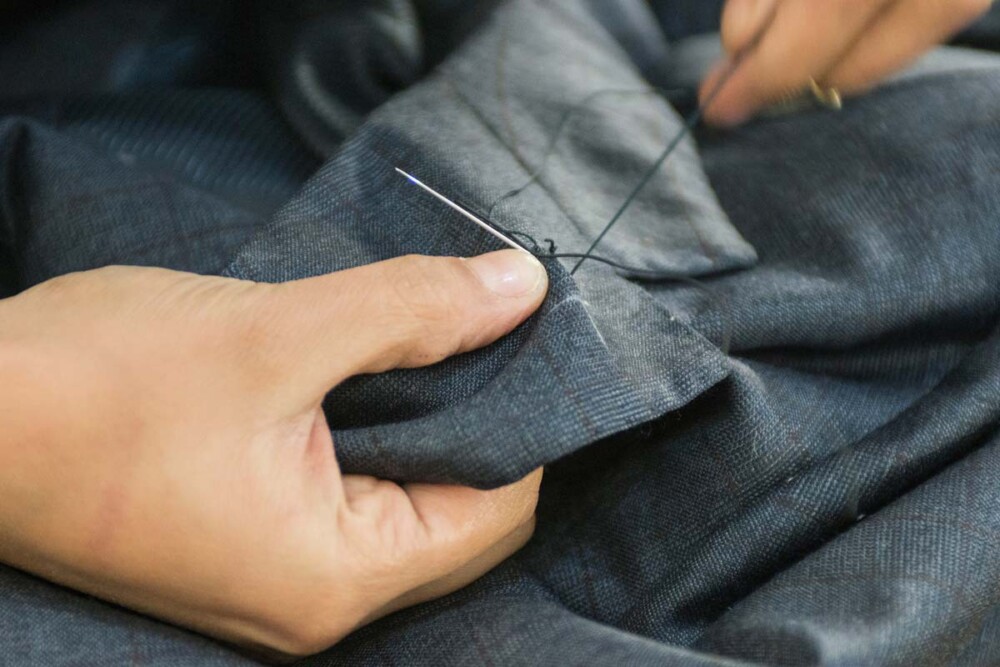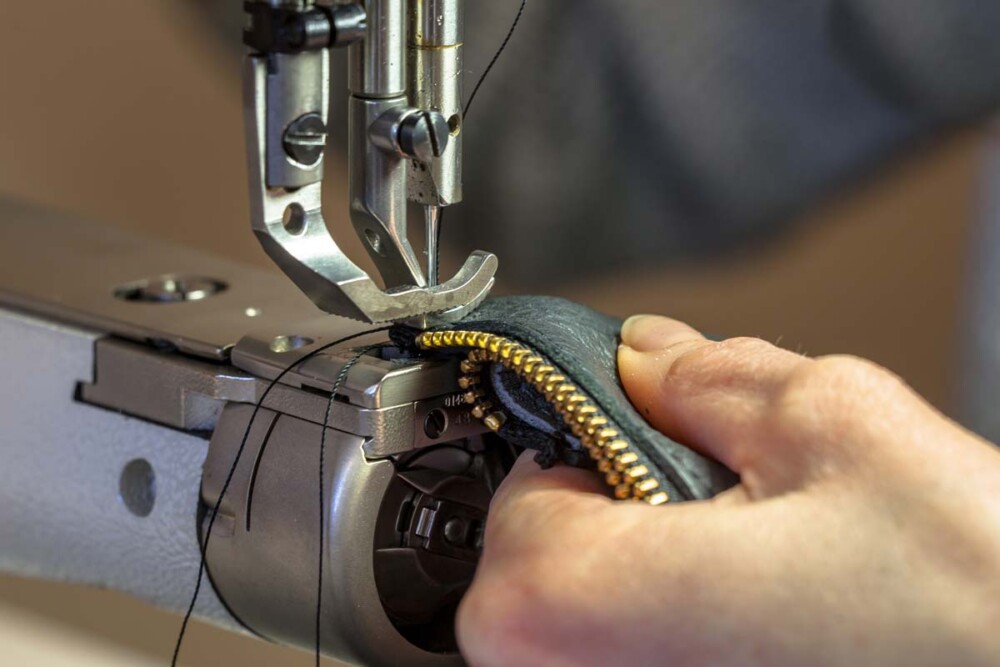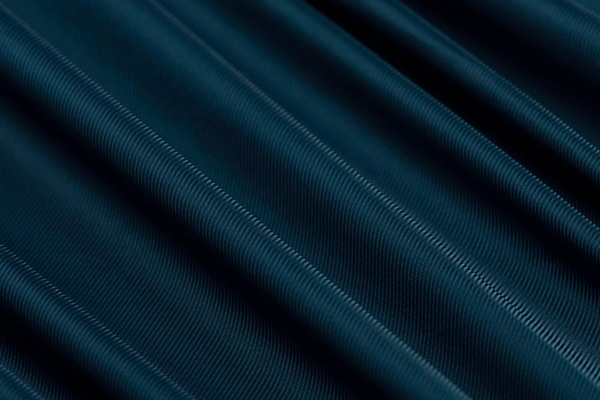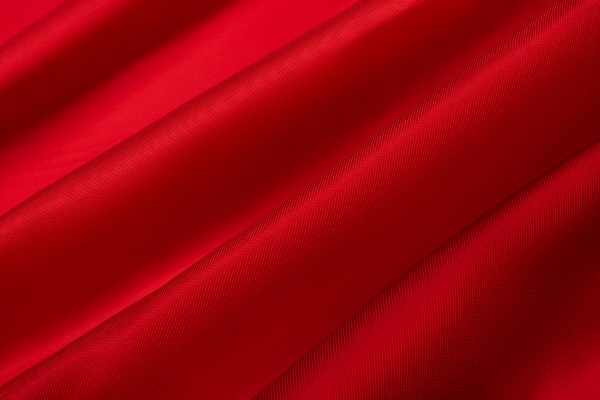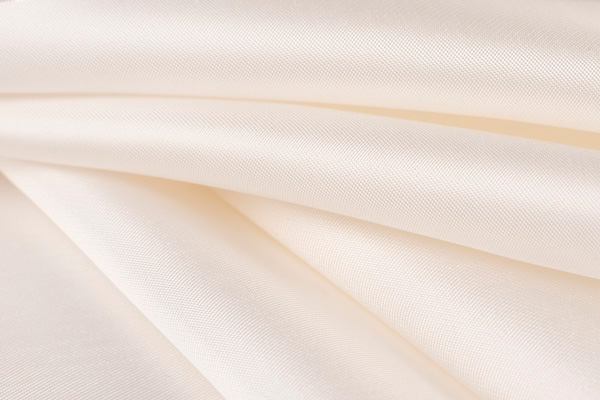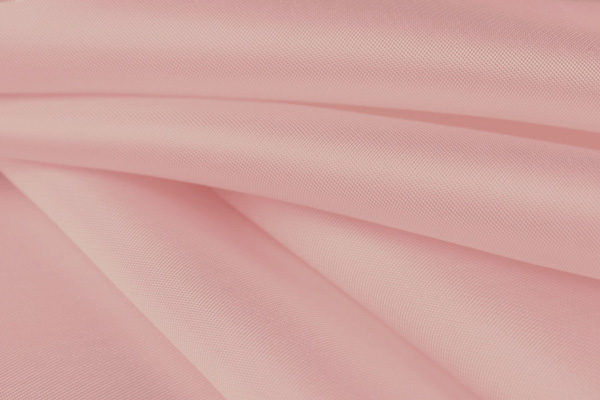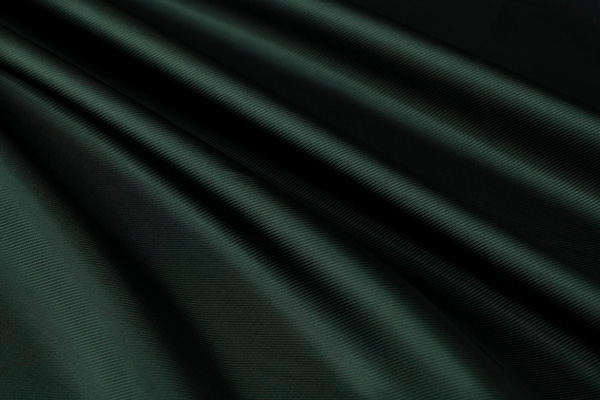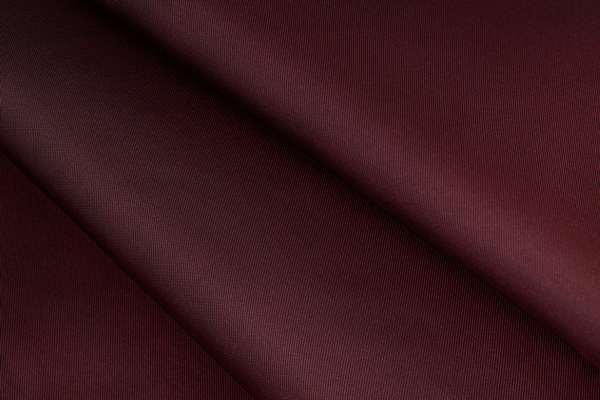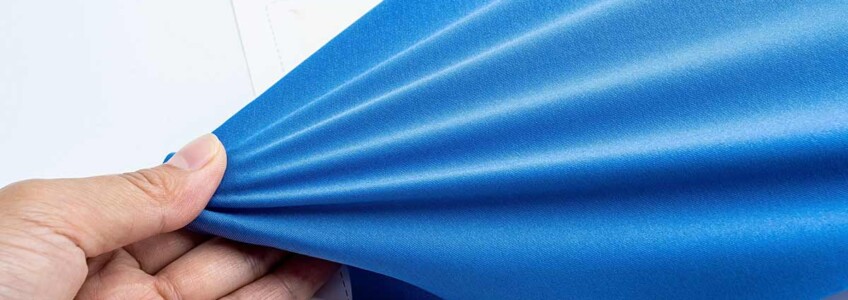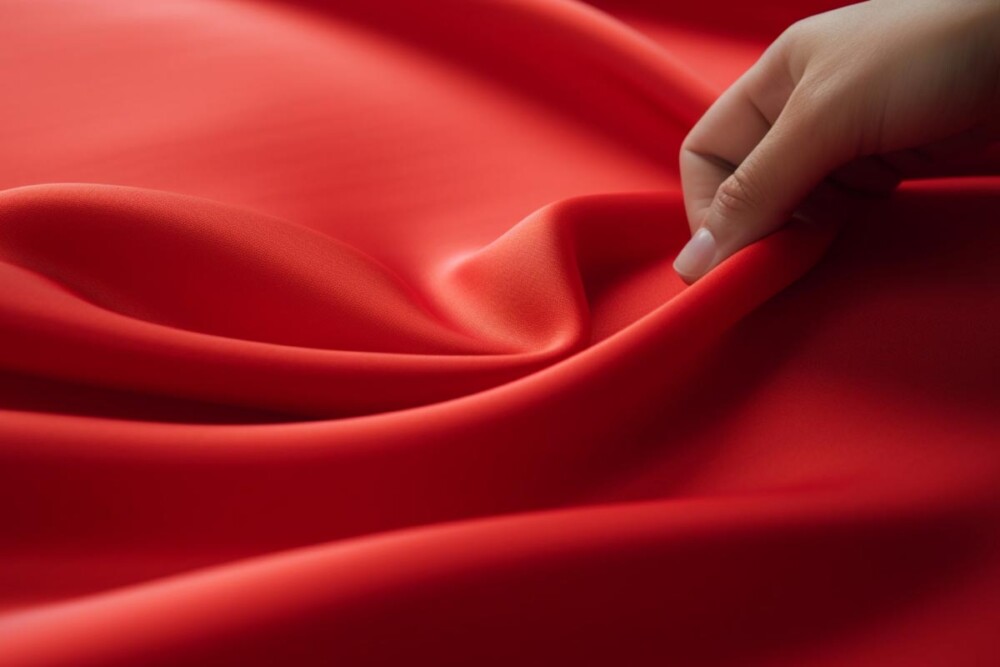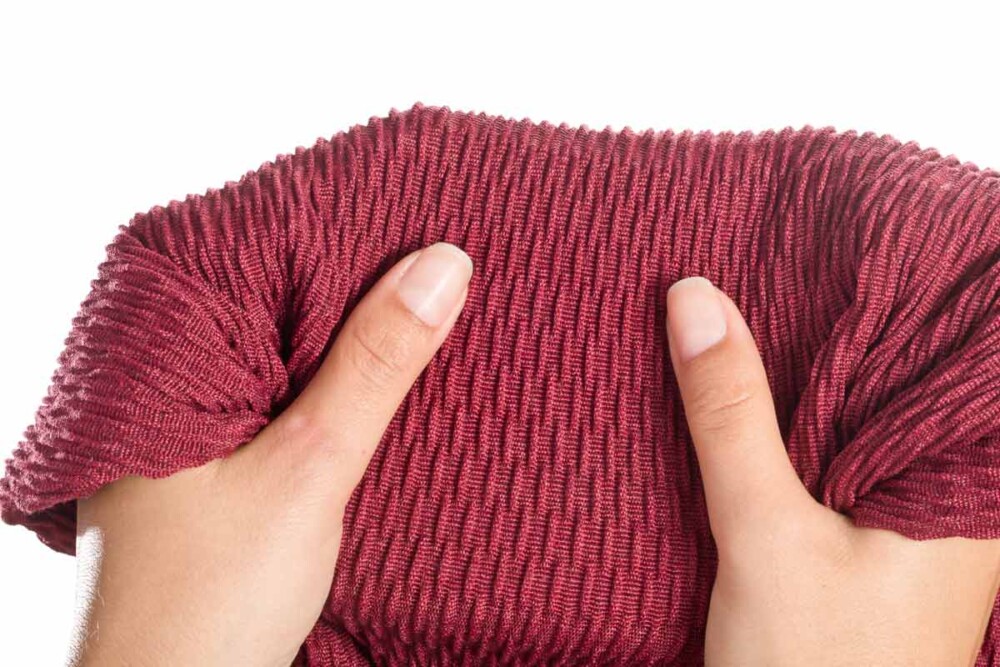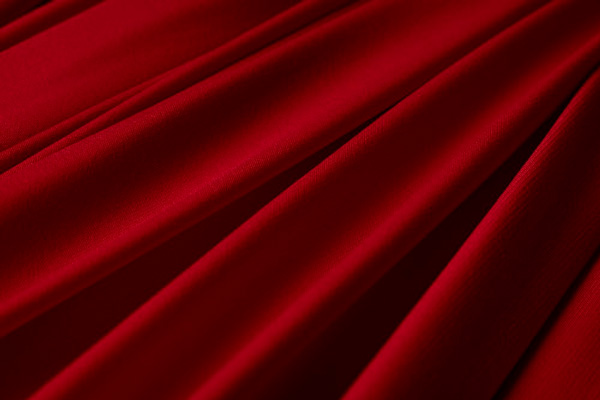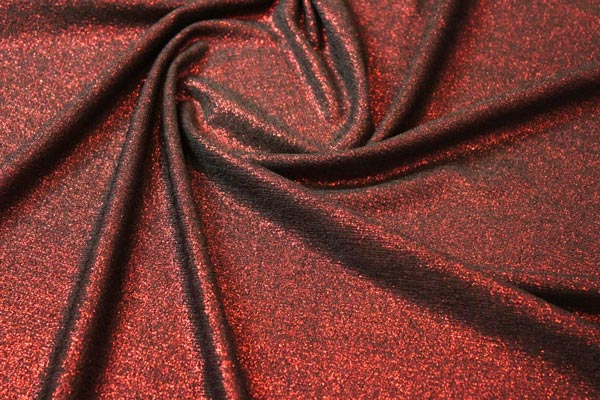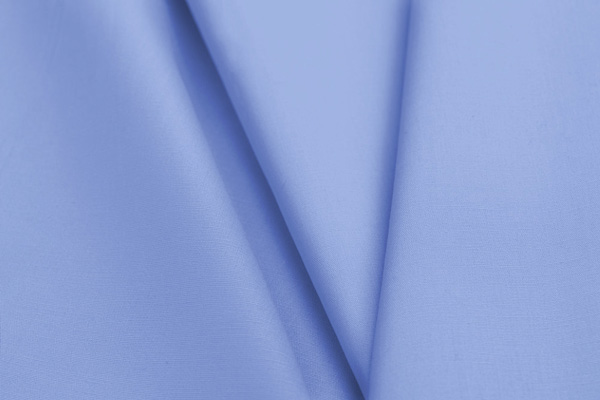The choice of the best wedding favors fabrics is not only a matter of aesthetics, but a real business card for the most significant events, such as weddings, christenings or anniversaries. A detail that can make the difference in the guest experience, making every moment unique and unforgettable. In this article, we will explore the most suitable fabrics to create wedding favors that leave their mark.
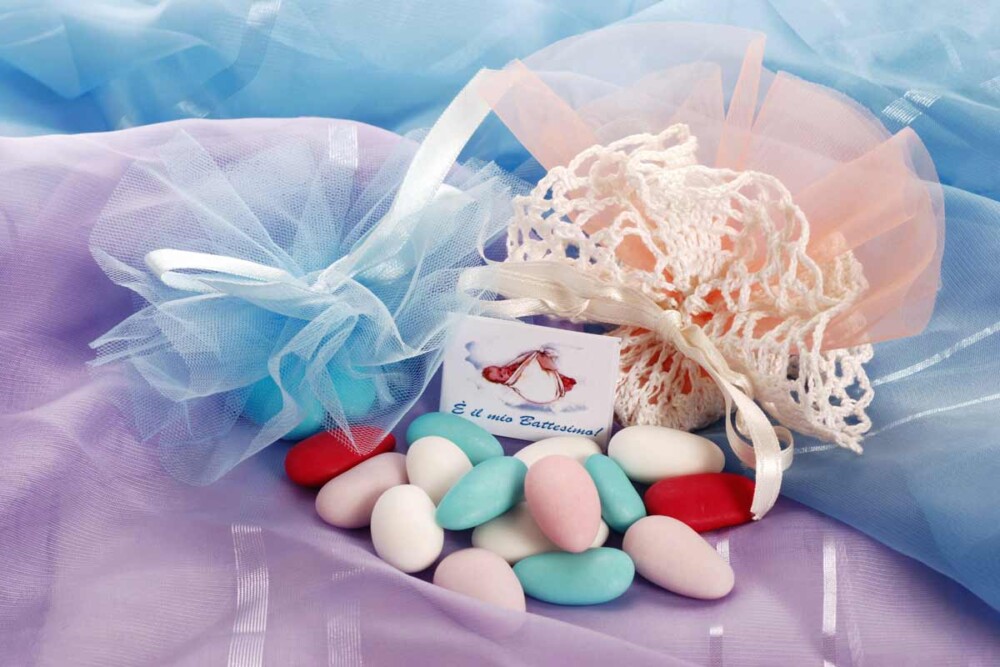
Why the choice of fabric is crucial for wedding favors
The bonbonniere is a key element of every event, a symbol of gratitude and remembrance. The choice of fabric, in this context, plays a crucial role: a quality fabric elevates the design and the perception of the gift, communicating care and attention to the guests. The quality fabrics for wedding favors not only embellish the object, but increase its affective value and durability.
The fabric chosen for the favors is a direct expression of the style and personality of the event organizers. Whether it is a wedding, a baptism or an anniversary, the fabric can tell a lot about the taste and values of the hosts, from their predilection for luxury and elegance, highlighted by the choice of silk, to their commitment to sustainability, emphasized by the use of organic cotton or eco-friendly fabrics.
The bonbonniere is a symbol of gratitude to the guests, a way to say “thank you” for having shared such an important moment. A high quality or carefully chosen fabric reflects the importance that is attributed to this gesture of thanks, communicating appreciation and respect for the guests.
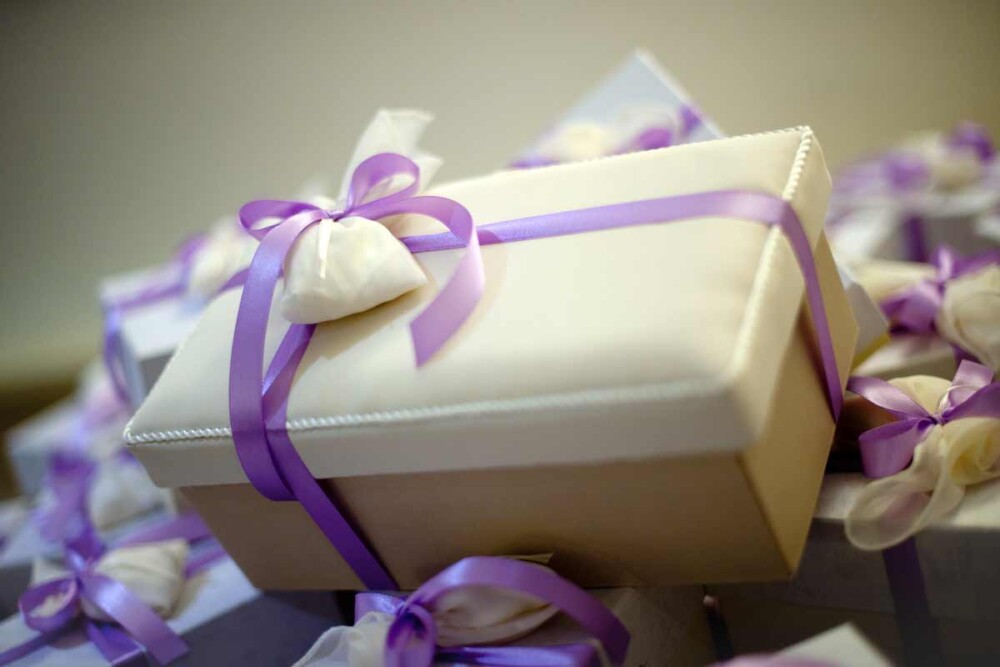
The most popular fabrics for wedding favors
What fabrics to use for elegant wedding favors? Let’s discover those selected by Manifattura Foderami Cimmino.
Silk
Silk, with its sheen and softness, is the luxury fabric par excellence. Ideal for wedding favors, adds a touch of elegance and unparalleled refinement. The silk for wedding favors is perfect for those who want to impress with class.
Linen
Linen is appreciated for its resistance and its ability to give a natural and refined look. Choosing linen for wedding favors means opting for a traditional material, such as Lino Tela 2001 Dolce, able to adapt to any style, from the most classic to the most modern.
Tulle
The tulle for wedding favors is an excellent choice for those looking for a material that combines elegance, versatility and convenience. Whether it is to gently wrap the confetti or to create aerial decorations, the Tulle Bonbonniere is able to transform each bonbonniere into a small masterpiece of style and delicacy, leaving an unforgettable memory of the event.
Cotton
The cotton is the ideal choice for those looking for sustainable fabrics for eco-friendly favors. Soft, resistant and easy to work, the Vichy Cotton Fabric is perfect for favors that respect the environment without sacrificing beauty.
Innovative and Eco-friendly fabrics
More and more space is given to innovative fabrics, which combine aesthetics and sustainability. Recycled materials, bamboo fibers or fabrics produced with low environmental impact techniques, such as Laminated Jute Canvas, represent the advanced frontier for eco-friendly wedding favors.
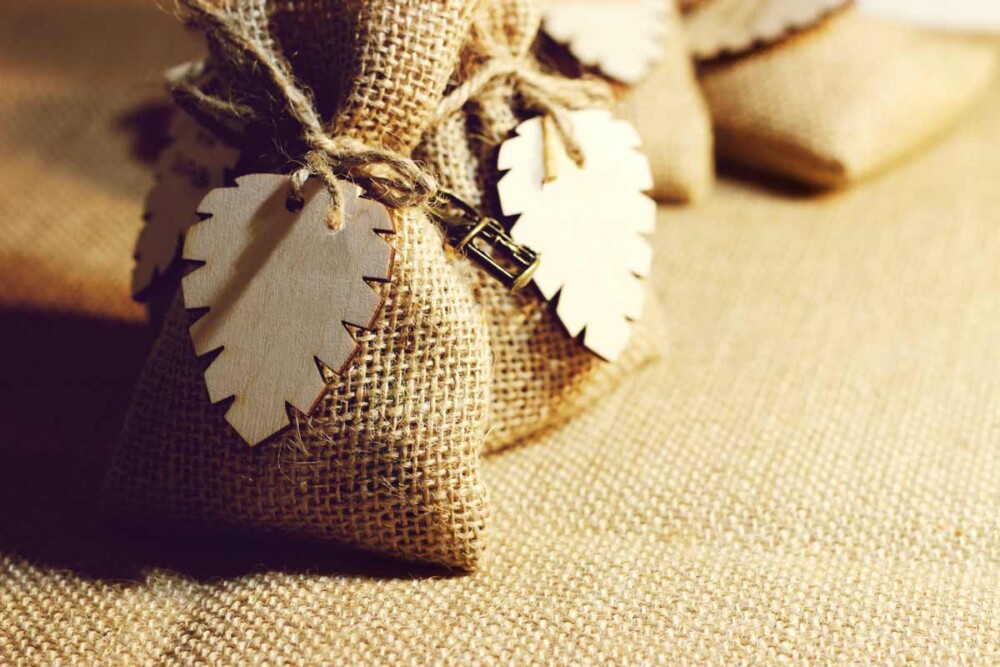
How to choose the right fabric for wedding favors
The choice of fabric should reflect the style and theme of the event. For a classic wedding, silk or linen may be the winning choice, while for an outdoor or eco-friendly event, organic cotton or innovative fabrics may be more appropriate. Considering seasonality is equally important: light fabrics for the summer, warmer materials for the winter.
The quality and type of fabric chosen directly affect the perception of the gift by the guests. A fine fabric, such as silk or linen, can elevate the wedding favor, turning it into an object of luxury and desire. On the contrary, an economic or chosen fabric without care can diminish the perceived value of the gift, even if the intention was genuine.
The durability of the fabric is another aspect to consider. A quality fabric not only resists better to the passage of time, but also ensures that the memory of the event can be preserved and appreciated for years. Fabrics such as linen and organic cotton, known for their resistance, are excellent choices for those who want their wedding favors to remain a lasting memory.
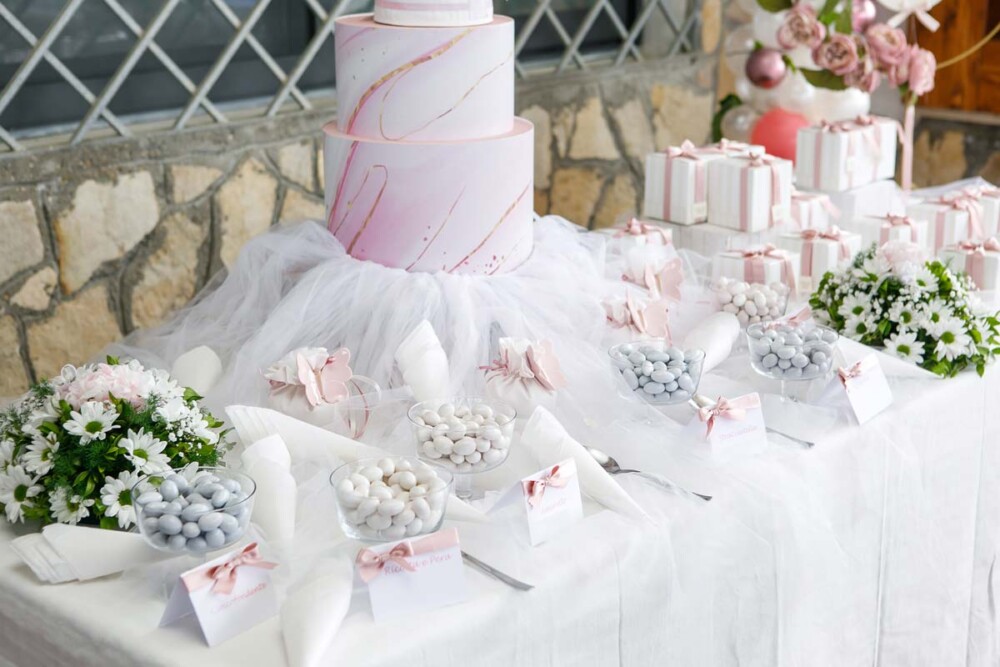
Customization and wedding favors trends
Customization is a growing trend: the personalized embroidery favors allows you to make each gift unique and personal. Current trends see a predilection for minimalism, with a focus on sustainable materials and designs that reflect authenticity and attention to detail.
The choice of organic fabrics for wedding favors, as well as luxury fabrics for wedding favors, therefore, plays a fundamental role in the art of creating tangible and significant memories. Fabrics are not only the material from which the favors are made, but the means through which emotions and values are transmitted.
Choosing with care the fabrics for wedding favors means giving a piece of history, a memory that will remain impressed in the hearts of guests.




